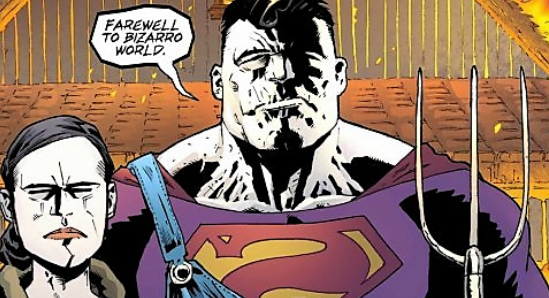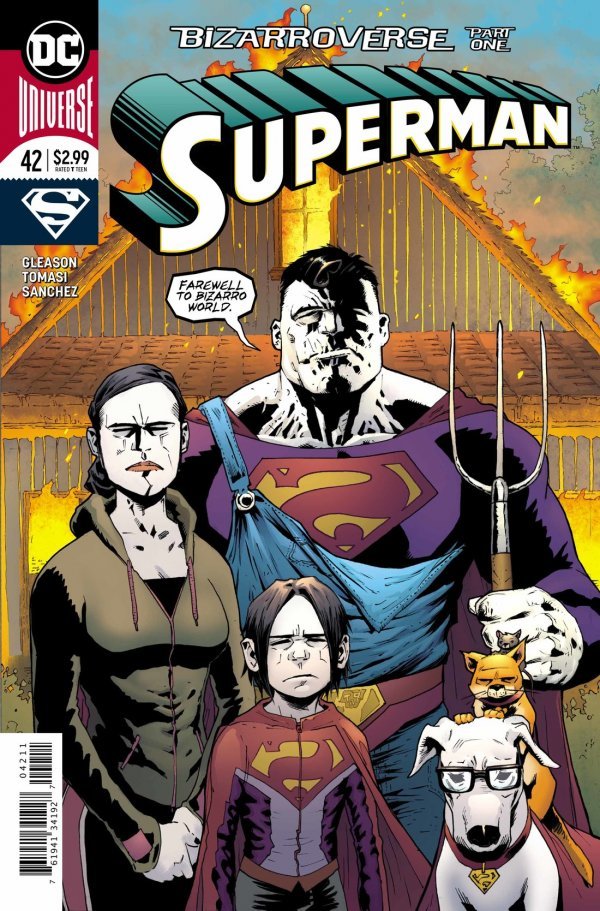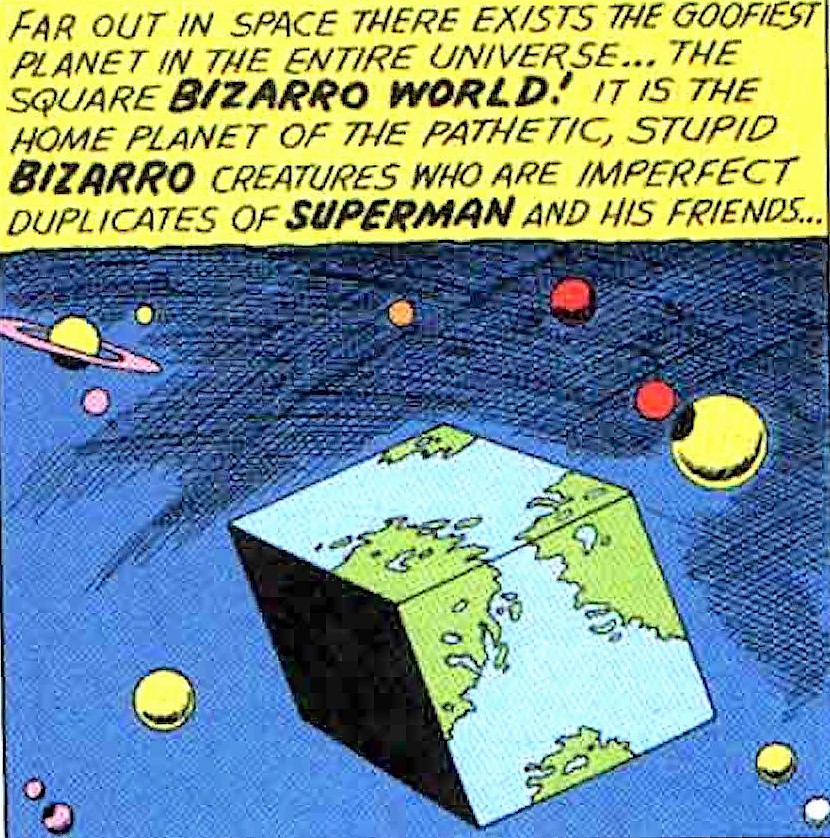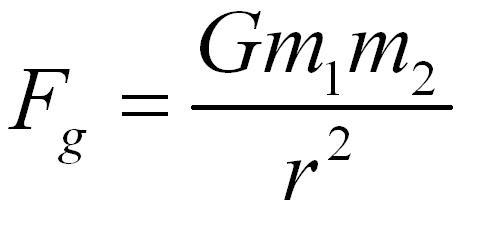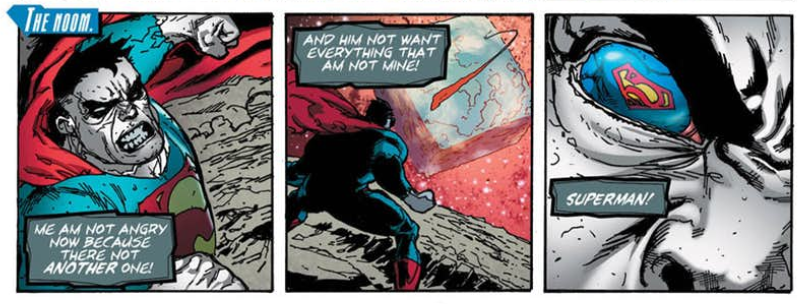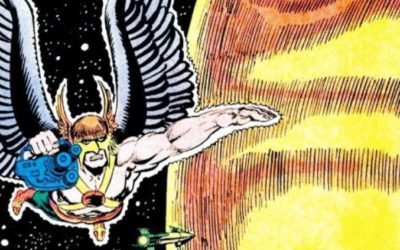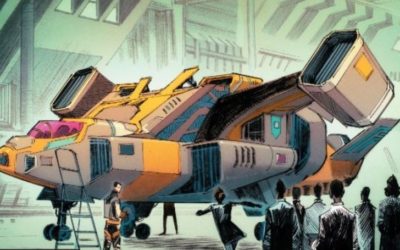Good-bye. This is not an article about Bizarro and Bizarro-World, and not about Bizzaro’s best friend, Superman.
Okay – one of those things is true. Or un-true. Or…something. Yeah, let’s not talk in Bizarro-ese anymore. As Superman himself says, “Bizarros aren’t exactly the easiest folks to talk to.” Or talk like.
The latest arc of DC Comics’ Superman series has been partly set on and deals with Bizarro-world, or Htrae (“Earth” backwards), the cube planet that Bizarro lives on in an alternate dimension where he could live in peace. On the quick side, Bizarro is the imperfect duplicate of Superman, created in 1958 in both the Superboy comic series and the Superman newspaper comic strip. Classically, he’s known for being the “opposite” of Superman – “hello” is “good-bye,” “good” is “bad,” etc.
Bizarro’s origin stories since his late-50s debut are numerous, with most of the recent creation stories centering on creature being created by Lex Luthor in an imperfect attempt to clone Superman. While Bizarro’s speech and actions can be inconsistent from issue to issue, something that’s consistent since its debut in the early ‘60s is Bizarro-World, or Htrae…or htraE – Bizarro’s extra-dimensional home.
Even if you don’t read Superman comics, or watched any of the television series (animated or live action) that have featured Bizarro appearances, you’ve probably heard Bizarro-World mentioned here or there. It’s pop-culture shorthand for anything opposite or weird.
In current DC comic book continuity with its 52-ish parallel universes, Bizarro Htrae is Earth-29, filled with opposite versions of characters in the DC Universe. Given that it has its own dimension, there are Bizarro versions of Mars (“Sram”) and Thanagar (“Raganaht”) and others, which are home to their own Bizarro “heroes,” most often demonstrating the opposite characteristics of their regular DCU counterparts.
The current storyline, “Bizarroverse” (Superman #42 – #45 – issues can still be found at your local comic shop or digitally at Comixology, here) by Patrick Gleason, Pete Tomasi and Doug Mahnke focuses on Bizarro’s son, Boyzarro, who’s come to the regular DCU. In what could be a fit of youthful rebelliousness and under the guidance of Superboy and Superman, Boyzarro has chosen to do good, and has found a home with Superman, Superboy and company on the “normal” DC earth, Earth-0.
Mirroring issues that Superman had with his own son, Jon, Bizarro is having issues with Boyzarro, and as a result, Htrae is suffering. As Bizarro feels a void at the loss of his connection with Boyzarro, Bizarro World has a void inside of it, as well. And at the end of issue #44, due to that growing void at its core, Htrae is destroyed.
And I’m okay with that. It was a cube.
When it comes to planets, cubes don’t happen. With as much as we know about gravity and how planets work, cube planets can’t happen. Heck, Htrae has a spherical moon, so it’s as if the whole dimension knows that cubical planets can’t happen, either.
Originally, Htrae was a sphere. But back in 1960 – in Action Comics #264, Superman himself turned Htrae into a cube, because in Bizarro world, spheres are perfect and cubes are imperfect. Just go with it.
A cubical Htrae has been the norm ever since, but it can’t happen in our world, so don’t start looking. Gravity says no.
Htrae? Professor Newton Would Like a Word…
Isaac Newton – yes, him of the falling apple, the laws of motion, optics and calculus – also figured out the larger points of how gravity works in the universe, basically, everything attracts everything else. The amount of gravitational force objects exert upon one another depends directly upon their respective masses and inversely upon the square of the distance between them. Want a formula? There’s an easy one, and it’s a classic:
Fg is the gravitational force felt by the two objects, in Newtons
m1 and m2 are the masses (not weights!) of the two objects in kilograms
r^2 is the distance between the centers of the two objects, in meters
G is the Cavendish constant, or universal gravitation constant, 6.67 x10^-11 (N)(m^2)/kg^2 (don’t freak out about that last part – if you set up the problem correctly all those units will cancel out, leaving you with the unit of what you’re looking for)
If you want to have some fun (your mileage may vary, of course…) put in the mass of the earth and your mass (both in kilograms), and work the problem. That Fg result you get, convert it to pounds here, and that should be an approximation of your weight. Neat, right?
From the formula – Newton’s Law of Universal Gravitation – you can see that if either of the masses increase, the gravitational force experienced between the two objects will increase. On the flipside, if the distance between the two objects increases, the force will decrease, but if the distance decreases, the force will increase.
The Law of Universal Gravitation is an example of an inverse square law, which has its basis in geometry. Gravity, like many other phenomena in the real world (illumination, radiation, sound) spread from their source in a sphere. The further away from the source you are, the less of the effect received. The common example is that if you double the distance between the objects in question, the effect is decreased to a quarter of its previous magnitude. Try it – throw some junk numbers in the formula above, get a gravitational force, and then double the distance of r and do it all again. Neat, huh?
Unfortunately, when Superman turned Htrae into a cube in 1960, he didn’t really spend much time worrying about that.
If he had, Superman would’ve realized that he was setting Htrae up for destruction. Okay – to be totally fair, we’re not blaming Superman for Htrae’s destruction in Superman #44. Superman of the ‘60s is not Superman of today. The “DC Universe” of the ‘60s is barely recognizable compared to the present day. The idea of a cube-shaped Htrae was cute and just stuck. Earth was a sphere – why wouldn’t Bizarro-World be a cube? On some level, it just makes sense.
Geometry + Gravity = Bad Times for Cubes
Let’s think about spheres for a minute. Ahh, spheres.
Picture one in your head. Make it bigger. Let’s look at some formulas:
volume = 4/3 𝛱R^3
surface area = 4 𝛱R^2
The volume of a sphere increases with the cube of the radius, while the surface area of the sphere increases with the square of the radius. Small changes to the radius of your sphere result in large changes to the sphere’s volume, but not as big as those happening to the sphere’s surface area. Add that with the Newton’s main idea about gravity, and that means, on a planetary scale at least, no cubes. The simplest form all of that mass can take is a sphere.
Superman, what were you thinking?
A planet’s center of mass is the focus of the “pull” of the gravitational force, and it will pull on every particle around it. Forces seek equilibrium – balance. Gravity will pull at each particle around it, and, again on a planetary scale, this will overcome any structure the materials making up the planet may have and deform the irregular shape into a sphere. Of course, this is much easier if the planet went through a molten phase, but will work – over time – if enough space rocks and pebbles clump together. Nature’s not a fan of right angles in general, and since gravity is a part of nature, it’s doesn’t have much use for them either.
That’s not to say that sharp angles can’t exist when you’re talking about bodies in space. Look at images of asteroids – they’re edgy all over the place. And irregular. That’s because they don’t have enough mass for gravity to play a role in their shape. A large asteroid can have an irregular, non-spheroid shape. A small planet – to qualify, yes, even Pluto qualifies in this sense as a dwarf planet – you need to have enough gravity to have pulled yourself into a spherical shape.
And this size thing is unbendable and unforgiving. As Dr. James Kakalios points out in The Physics of Superheroes, for Htrae to maintain a cubical shape, it would have to be small enough so gravity doesn’t butt in to dominate its form. Kakalios’ calculation for Htrae? No more than 300 miles from any surface to its center of mass. That means that Each side of Htrae would be 360,000 miles square, or about the size of Nigeria. Six sides to a cube, so Htrae = six Nigerias in square miles.
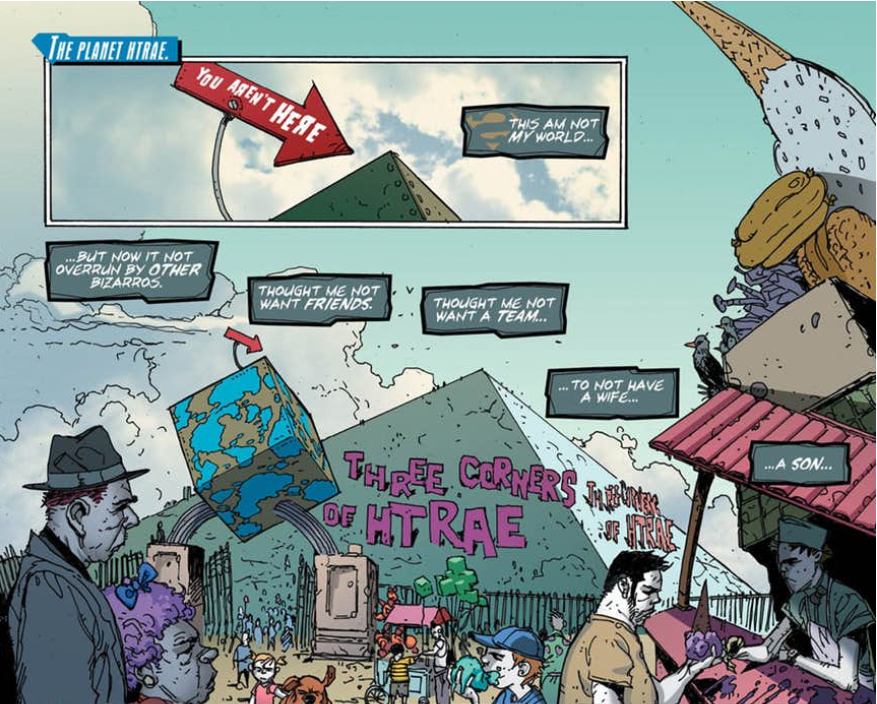
Okay – that’s just cute. If you live on a cube, then the corners could be tourist attractions. Image: DC Comics
But – remember, if you’re small enough to be a cube, that means gravity isn’t playing a role in your shape. That means gravity isn’t a huge concern, and as a result – like asteroids – there’s not going to be enough gravity to hold on to an atmosphere.
But – could you make a functional cube-shaped world and have it large enough to hold onto an atmosphere? Maybe? But the engineering would be on a planet-sized scale, which is insane to think about, given current technology. It would be a warm-up project for us – if we’re ever that technologically advanced – that we’d undertake before building a Dyson Sphere around our sun.
And – before you ask, no, Superman did not structurally engineer Htrae back in the ‘60s to maintain its shape, and no again, the inhabitants of Bizarro World didn’t. They’re not known for their…mental stamina. Although – given a creative enough writer, maybe there are a permanent underclass of Bizarro-beings, looked down upon because of their intelligence. These beautiful and intelligent creatures lived under the surface of Htrae and maintained the cubical infrastructure, flipping the Morlock/Eloi paradigm of The Time Machine.
Nah – let’s not go there. Bizarro as a concept can be icky enough, ethically anyway. Let’s not add a super-intelligent underclass to the mix. If we have to come up with an excuse – physics work differently on Earth-29. How about that? Yeah – we’ll just leave it there.
So – what did we learn?
- Cube-shaped planets. Can’t happen – at least in our world. Gravity and the geometry of spheres says no.
- Newton’s Law of Universal Gravitation. Everything is attracted to literally everything else. It may be an insanely small force, but it’s there.
- You can calculate those forces. It’s easy. But you need a calculator.
- Pluto is a planet, due to being a sphere, but it’s a dwarf planet, so it doesn’t get listed with the others. Sorry/not sorry.
And where are things going to go with the future of Htrae? Okay, it’s a charming concept, and it is fun. Gleason and Tomasi’s run on Superman has been incredibly tender, and warm – Superman as a dad and family man, learning as he goes. While Bizarro left Htrae as it was starting to fall apart (rather than send his son out as a survivor – he does do things opposite of Superman’s story, after all), there’s no way we’re going to be left with a sad ending.
We hope.


